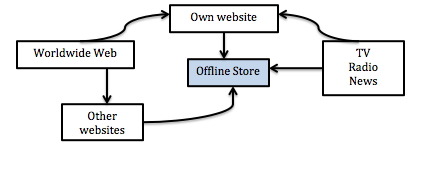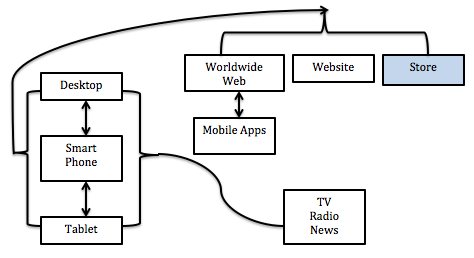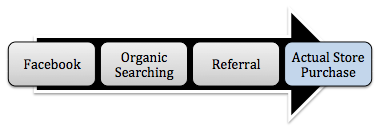Your Mobile Phone’s Power to Make or Break Your Favorite Brand’s Future
Mobile phone penetration worldwide is at 62.9%, which is more than half of the world’s population (Statista, n.d.). With the rise of technological advancements, we cannot deny the fact that our lives have been transformed from a television-driven generation to multiple medium owners such as the desktop, laptop, tablet, and the phone.
In the 2016 trends of businesses in Analytics, this consumer set-up has greatly affected brands in terms of their marketing and sales strategies, greatly reliant on Digital Analytics to determine a consumer’s purchase journey and how your mobile phone can get them that sale.
This framework is called Multi-Channel Attribution where a brand tries hardly to understand how online channels can impact their actual sales. A consumer may become a lead by seeing an advertisement through his or her mobile phone, but actual purchase of the product may happen through his or her tablet. Isn’t that amazing?
However, when talking to marketers and businesses, it’s important to identify the 3 types of Multi-Channel Attribution models as noted by Avinash Kaushik:
- MCA-O2S (Multi-Channel Attribution, Online to Store):
MCA-O2S is understanding the offline impact coming from marketing campaigns digitally. Will revenue increase? How many leads will the brand get? Take Verizon’s online search campaign as an example, which resulted to 5 offline store activations for every 1 online activation through the same digital channel campaign (Kaushik, 2016).

- MCA-AMS (Multi-Channel Attribution, Across Multiple Screens):
This deals with the complex landscape of the “four screen” people (TV, desktops, tablets, and smartphones people). This type of MCA (Multi-Channel Attribution) looks into how consumers experience a brand across multiple devices. This directs marketers to specialize a purchase journey to lead their market to conversion. An example would be seeing an advertisement of Nike on television, which will result to actively searching for the brand in Google through smart phone, which will eventually result in a store purchase.

- MCA-ADC (Multi-Channel Attribution, Across Digital Channels):
From the name itself, MCA-ADC suggests the study of different digital platforms which contributed to a particular conversion. This looks at the customer’s “last click” before actual purchase which specifically understands the journey that the consumer went through which is similar to the model below. A consumer may see a Krispy Kreme advertisement on Facebook, which leads him or her to search for the best donut flavors via Google, and then referring a friend to the nearest store to get those original glazed donuts.

Businesses have slowly discovered that the way to survive the market is through consumer-centric operations. Multi-Channel Attribution is both a goldmine and a complexity in terms of how brands will position themselves through their digital campaigns in providing consumers with their products and services. Indeed, your mobile phone has become a powerful tool in determining a business’ success or failure.
Note: concept and models are cited from Avinash Kaushik, but examples, insights and design of models are original.

